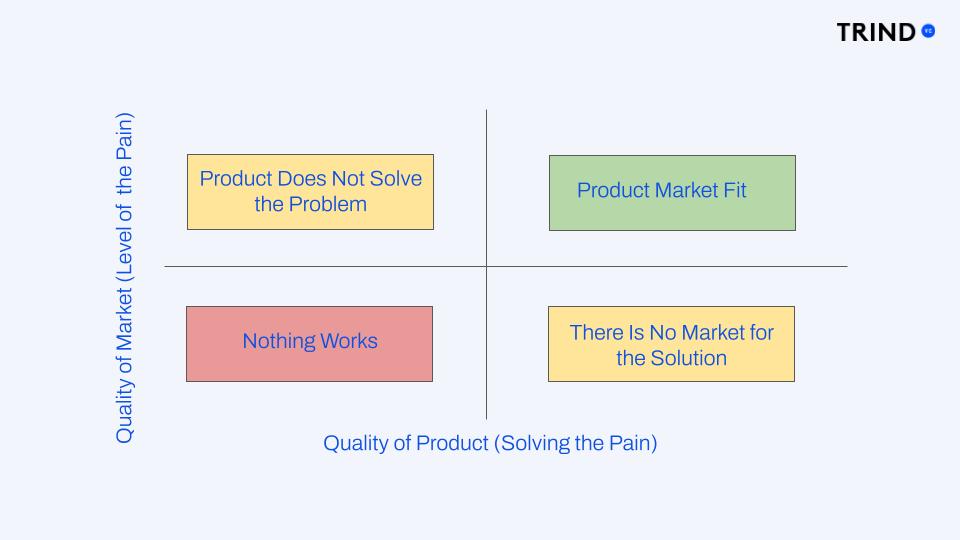As seed-stage investors, we often invest in companies in search of product/market fit. While some founders have a clear strategy for working their way toward product/market fit, quite often, we see founders who are mystified by the concept and are not systematically working toward it. In this blog post, I share some thoughts on how to systematically work toward product/market fit and use metrics to assess progress.

What Is Product/Market Fit?
Product/market fit is the sweet spot where your product or service aligns perfectly with the needs and desires of your target market. It means that you’ve found the right balance: your solution resonates with customers, and they are willing to pay for it. Achieving product/market fit is critical for startup success. Without it, you risk building something that no one wants.
There are several definitions of a product/market fit. According to Marc Andreessen, product/market fit means being in a good market with a product that can satisfy that market. Another definition of having a product/market fit is if at least 40% percent of customers indicate that they would be “very disappointed” if they no longer have access to the product.
I have never been the biggest fan of these two definitions; I think they are vague. I have seen numerous startups claiming to have product/market fit just by surveying the prospects and concluding that their product would satisfy the market. And I have seen startups hitting the product/market fit rule of 40% on a survey done Monday morning, only to fail it in a survey conducted on Thursday evening.
So, the natural follow-up question is, “Is there a more robust way to evaluate the product/market fit?”
Breaking the Product/Market Fit into the Product and the Market
As the name suggests, product/market fit has two sides: the product and the market. While this sounds self-evident, the product/market fit is often viewed only from one end, typically from the product’s point of view.
The quality of the market in product/market fit tells us, how big the pain is for the potential customers. In other words, how eager they are to pay for solving the problem. The quality of the product, on the other hand, tells us how well the product solves the problem. A 2×2 of product/market fit from these two angels could look something like this:

Using Metrics to Evaluate the Product/Market Fit
Focusing on the product and market separately makes it easier to apply metrics to evaluate the quality of each element. For instance, while looking at the market, we can examine metrics that tell us how big the problem is for the customers and how important it is for them to get the problem solved. If the customer pain is high, we should see high conversion rates and low customer acquisition costs. On the other hand, if we see low conversions or high customer acquisition costs, this is an indication that the customer’s pain is not high and the market for the solution is not strong:
The same can be applied to the product side as well. If the product answers to the customer needs, we should witness low churn, high customer satisfaction, high engagement, and high retention. High churn and low engagement, for example, in their turn, are an indication of the product failing to solve the problem:
Adding all these factors together would look something like the following (I need to point out that the list of metrics in the charts is only for example and by no means exhaustive, other metrics can be useful as well):
By finding the right metrics that reflect the elements of product/market fit, the founders can benchmark their startup against the competition and also monitor their progress toward finding the holy grail of product/market fit.
